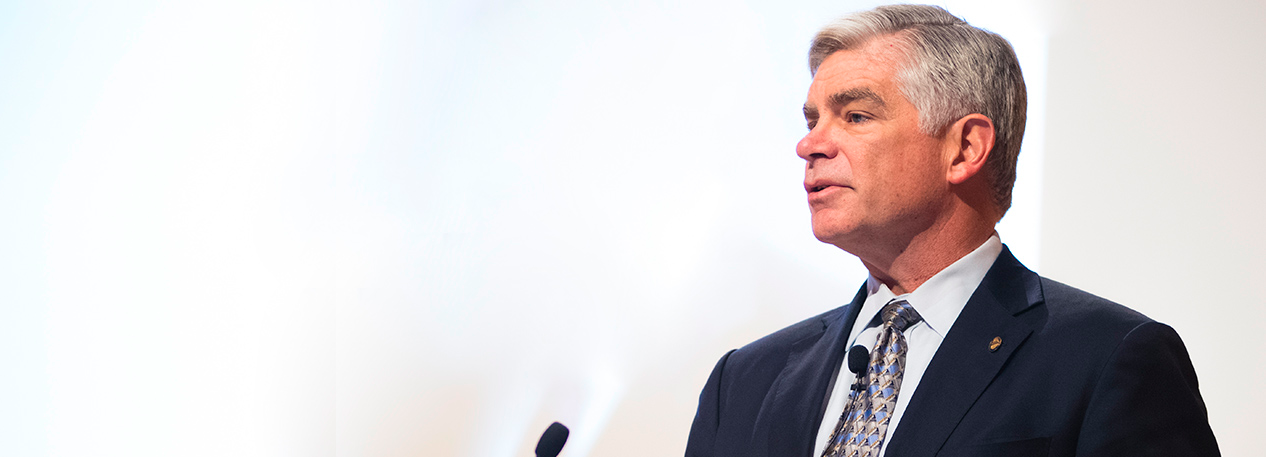For immediate release
Contact: Daneil Mazone, Media Relations, 215-574-7163
Malvern, PA — Inflation, GDP growth, and the labor market are “displaying considerable strength” and indicate a robust American economy, Federal Reserve Bank of Philadelphia President Patrick T. Harker said today in remarks to the Main Line Chamber of Commerce. Inflation is “on course to meet our target sometime this year or next,” and “GDP continued to grow in the third quarter at an even faster pace than in Q2,” Harker said. If the economy continues to perform well in 2017, Harker said “three modest rate hikes” would be “appropriate” in 2017.
Employment is also showing signs of full health. “All in all, things are looking good,” Harker said. “The labor market is strong and we’re creating jobs at a good pace.” Harker noted that there is a persistently strong demand for labor, but a gap exists between the skills employers are seeking and candidates’ job training. “Something I’ve heard over and over again from businesses of all sizes is that they have the jobs; they just can’t find the people. There seems to be a skills void that can’t be filled by the existing workforce,” Harker said.
Harker explained that despite overall positive trends in employment, the labor force participation rate is declining among a key demographic: prime-aged males, 18–54 years old. “The consequences for this group’s lack of participation are severe, both for them and the economy. Around one-third of nonparticipants live below the federal poverty line,” Harker said. “For the rest of us, a lower participation rate all-around means lower productivity, which means lower growth.”
Legislative action is required to move the needle on economic issues like labor force participation and workforce development, Harker said. “The kinds of policies that will deliver that growth — employment programs, development, taxation, and trade policy — are up to elected officials at the local, state, and national levels.”
The Federal Reserve Bank of Philadelphia helps formulate and implement monetary policy, supervises banks and bank savings and loan holding companies, and provides financial services to depository institutions and the federal government. It is one of the 12 regional Reserve Banks that, together with the Board of Governors in Washington, D.C., make up the Federal Reserve System. The Philadelphia Federal Reserve Bank serves eastern Pennsylvania, southern New Jersey, and Delaware.
